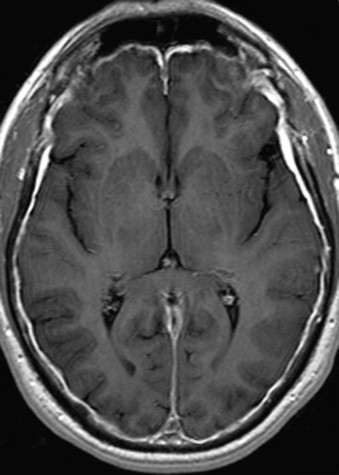The Bottom Line: “In the broad spectrum of adults with suspected meningitis, 3 classic meningeal signs did not have diagnostic value; better bedside diagnostic signs are needed.” (Thomas)
See Part 1 on the Kernig and Brudzinski signs: https://emorymedicine.wordpress.com/2024/03/14/euh-morning-report-what-are-the-sensitivity-and-specificity-of-the-kernig-and-brudzinski-sings-for-diagnosing-adult-meningitis/
Thomas et. al’s prospective study found that “the 3 classic meningeal signs—Kernig’s sign, Brudzinski’s sign, and nuchal rigidity—were of limited clinical diagnostic value for adults with suspected meningitis. None of these meningeal signs were able to accurately discriminate patients with meningitis (⩾6 WBCs/mL of CSF) from those without it. Furthermore, no significant correlation existed between these meningeal signs and moderate meningeal inflammation (⩾100 WBCs/mL of CSF) or between these meningeal signs and microbiological evidence of CSF infection. Only for the 4 patients with severe meningeal inflammation (⩾1000 WBCs/mL of CSF) did nuchal rigidity have 100% sensitivity, 100% negative predictive value, and LR+ : LR- that approached infinity.” (Thomas)
“The sensitivity of both Kernig’s sign and Brudzinski’s sign was 5%, which suggests that these bedside diagnostic tools did not reliably identify the need for lumbar puncture among patients with meningitis. Although the specificity of both signs was 95%, the high specificity values were a result of the overall paucity of positive results of examination for Kernig’s sign and Brudzinski’s sign, rather than a reflection of the discriminating ability of these indicators. The positive and negative predictive values for Kernig’s sign (27% and 72%, respectively), Brudzinski’s sign (27% and 72%, respectively), and nuchal rigidity (26% and 73%, respectively) also indicate that none of the classic meningeal signs were clinically discriminating indicators of the presence or absence of meningitis” (Thomas)





